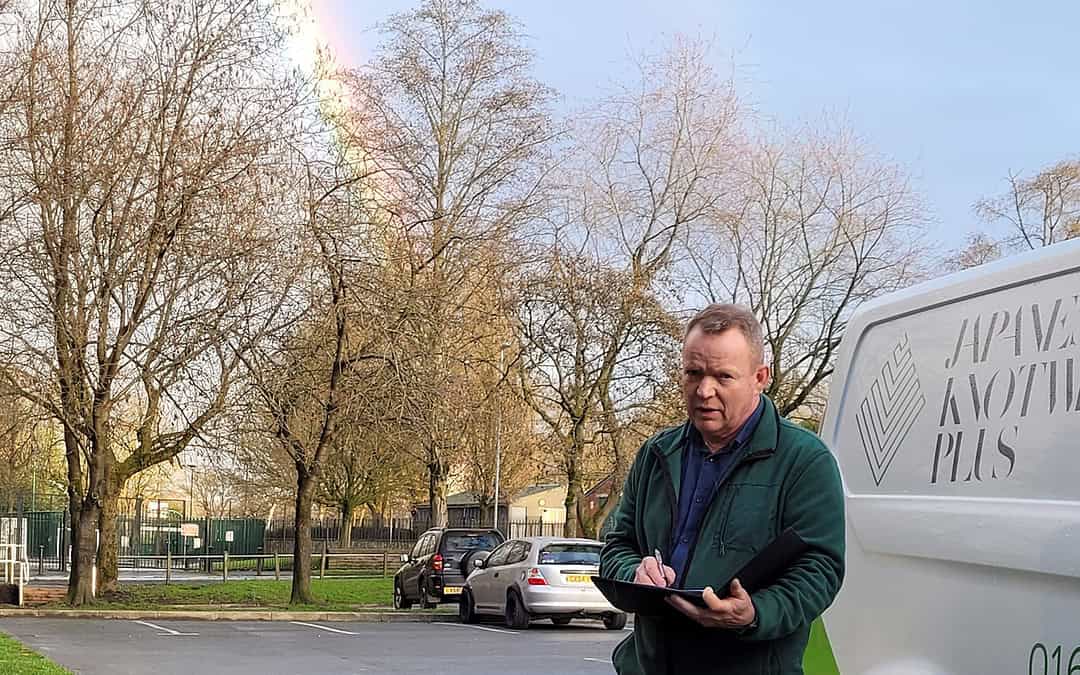Learn how How to Implement an Effective Japanese Knotweed Management Plan
Japanese knotweed is a notorious invasive species that can cause significant damage to properties and ecosystems.
In this article, we will provide you with a comprehensive guide on how to implement an effective Japanese knotweed management plan to control its growth and prevent further spread.
Japanese knotweed is a non-native invasive species that can quickly take over natural areas, gardens, and properties, causing significant damage. This plant has been listed as one of the world’s 100 worst invasive species and is notoriously difficult to control. Japanese knotweed can grow up to three meters in height and has an extensive root system that can spread up to seven meters deep into the soil. Therefore, it is crucial to implement an effective Japanese knotweed management plan to control its growth and prevent further spread. In this article, we will provide you with a step-by-step guide on how to implement an effective Japanese knotweed management plan.
Step 1: Survey and assess the extent of Japanese knotweed growth
The first step in implementing an effective Japanese knotweed management plan is to conduct a survey and assess the extent of Japanese knotweed growth on your property. You can hire a professional contractor or a surveyor to conduct this survey for you. During the survey, the contractor will identify the areas where Japanese knotweed is present, the extent of the infestation, and the potential risk of spread.
Step 2: Develop a Japanese knotweed management plan
Once you have identified the areas where Japanese knotweed is present, the next step is to develop a Japanese knotweed management plan. This plan should include the following:
- The method of control: There are several methods of controlling Japanese knotweed, including chemical treatment, excavation, and burying the plant waste. You should choose a method that is appropriate for your situation and meets the legal requirements.
- The timing of control: The timing of Japanese knotweed control is critical. You should aim to treat the plant during its active growth period, which is usually between April and September.
- The duration of the treatment: The duration of the treatment depends on the extent of the infestation and the chosen control method. The contractor will advise you on the duration of the treatment based on the survey results.
Step 3: Implement the Japanese knotweed management plan
Once you have developed the Japanese knotweed management plan, the next step is to implement it. This involves carrying out the control measures as outlined in the plan. If you have opted for chemical treatment, the contractor will apply the herbicide to the Japanese knotweed during its active growth period. If you have chosen excavation and removal, the contractor will dig out the plant and dispose of it safely.
Step 4: Monitor the effectiveness of the Japanese knotweed management plan
After implementing the Japanese knotweed management plan, it is essential to monitor the effectiveness of the control measures. The contractor will conduct follow-up visits to assess the growth of Japanese knotweed and carry out further treatment if necessary.
FAQs:
Q: Is it legal to remove Japanese knotweed myself? A: It is legal to remove Japanese knotweed yourself, but you should ensure that you follow the legal requirements and use the appropriate control methods. It is recommended to seek professional advice before attempting to remove Japanese knotweed yourself.
Q: Can Japanese knotweed grow back after treatment? A: Yes, Japanese knotweed can grow back after treatment if the control measures are not implemented correctly. It is essential to monitor the effectiveness of the treatment and carry out follow-up treatment if necessary.
Q: How long does it take to control Japanese knotweed? A: The duration of Japanese knotweed control depends on the extent of the infestation and the chosen control method. It can take several years to completely eradicate Japanese knotweed
